Being a client is not an easy job, and sometimes, you don’t get what you bargained for. If you want to make sure you’re getting what you want within the budget you’ve set, you’ll want to know a couple of ground rules.
Working with a designer is not an easy task. If you knew how to do the project, you’d likely do it yourself. That’s why proper communication and trust is critical when you’re working with a designer. Knowing how to handle different situations will ultimately make the project faster, more streamlined, and far more affordable.
Below, we’ll give you our top ten tips on working alongside a 3D Interior Designer as a client.
Contents
- 1. Interior Designers Can Be With You Throughout the Project
- 2. Most Designers Want to Work on Your Vision
- 3. You Can Request to Redesign a House or a Single Room
- 4. Interior Designers Help You Meet Industry Standards and Safety Requirements
- 5. You Get to See the Design Before Work Starts
- 6. Your Designer Doesn’t Need to Come by Your Place
- 7. It’s Okay to Say No
- 8. Rely on Your Expertise When You Need To
- 9. A Redesign Doesn’t Mean Change Everything
- 10. You Can Adjust the Costs
1. Interior Designers Can Be With You Throughout the Project
Interior designers are artists, and their job is never indeed done. If you want to ensure that your needs are met, you’ll want to work alongside the designer. One of the worst things that can happen on a project is a nosy client, so you have to practice caution.
You need to work alongside the interior designer. Ask your designer to provide their work in steps so that you can comment on possible changes and improvements. Making comments at the last stage of the design process would lead to a colossal waste of time and resources – so make sure to make fundamental changes at the beginning.
You need to convey what you want in most parts of the design. The artist will likely give professional insight, and you need to take it into account. Making a compromise is vital, so make sure to find an agreement with your artist. Their artistic and business insight will ultimately give you the best results.
Working with a professional 3D interior designer is a team effort, and you need to take that into account. Work closely with them to get the job done in the fastest time possible and at the most affordable rate.
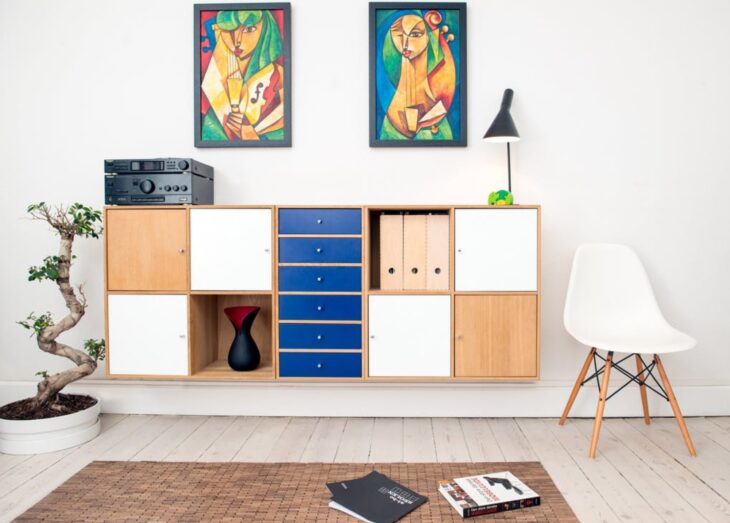
Source: pexels.com
2. Most Designers Want to Work on Your Vision
Most designers are going to work on your project based on your brief and vision, which is why you need to have a clear idea of what you want. An artist will likely have a sense of budget and fundamentals, but it’s your job to convey them properly. Click here to find out more about the best industry practices in 3D interior design.
Artists are also pragmatic, and you need to be equally practical and offer detailed instructions. To do so, you’ll need to provide the following:
- A written brief
- Multiple examples
- Possible inspiration
- Direct characteristics
- Convey your idea in speech if possible
Other kinds of artists will always have an appropriate dose of fundamental or creative insight, which is not necessarily a bad thing. Getting another, perhaps an artistic perspective on your project will give you essential feedback on it. If the suggestion fits into the budget, take it into account – the decision is ultimately yours.
3. You Can Request to Redesign a House or a Single Room
Most artists offer revisions – it’s industry standard. While small corrections are industry practice at the end of the project, fundamental alterations are not. Making structural changes to a finished product will be a vast waste of resources and time, and is likely to stunt the project for a while.
Now, this is a double-edged sword. If you, the client, have done your best to convey your vision in both writing and speech, and the artist has done everything but follow your instructions – you have every right to request a redesign.
If you’ve not done everything to convey your brief, you might want to reconsider. Whatever the case may be, the possibility is there. You can always ask for a revision, redesign, or a reimagining of a project, even in its final changes.
If you want to make sure you’re wasting as minimal resources as possible, observe your artist’s work. If you spot a fundamental mistake, or any mistake at all, make sure to report it in due time. Interior design is ultimately a team effort, so you have to put in the work as well.
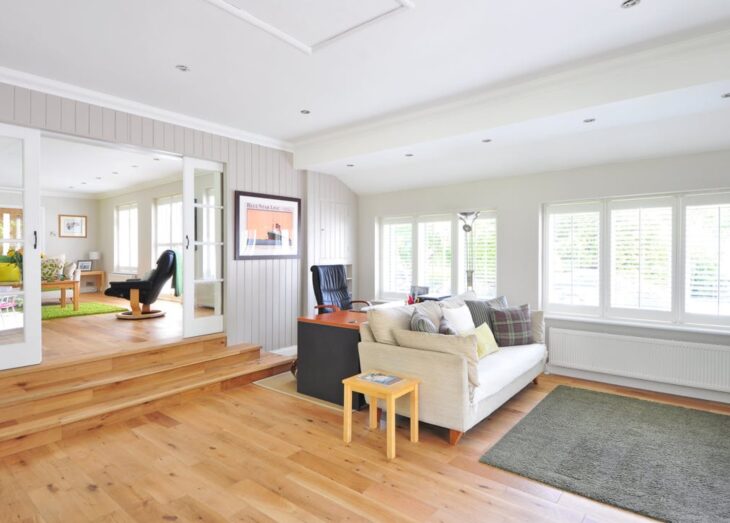
Source: pexels.com
4. Interior Designers Help You Meet Industry Standards and Safety Requirements
Interior designers are professionals who are well-versed in architecture and the business side of things. As a client, you don’t necessarily need to have any architectural experience, as some interior designers will spot crucial mistakes in your brief and will inform you of them.
While these can be aesthetic at times, they can also be vital information on standards and safety requirements. Take all the comments your artist makes into account. If you think that their statements have merit, and your initial idea might be flawed, check the regulations.
You can check with your architects, project managers, or anyone else in your team who might know. If you’re a one-person team, do your best to verify these statements.
5. You Get to See the Design Before Work Starts
Designers and Clients need to communicate appropriately. Once your design is done, you’ll be the first to see the end product. The final design is subject to correction before the works start – so make sure you’re satisfied with it.
Any mistakes that make it into the final design will make it into the interior itself, so review it thoroughly. Another important thing you have to do is garner necessary feedback from your team, customers, and virtually anyone who can provide transformative and informative insight.
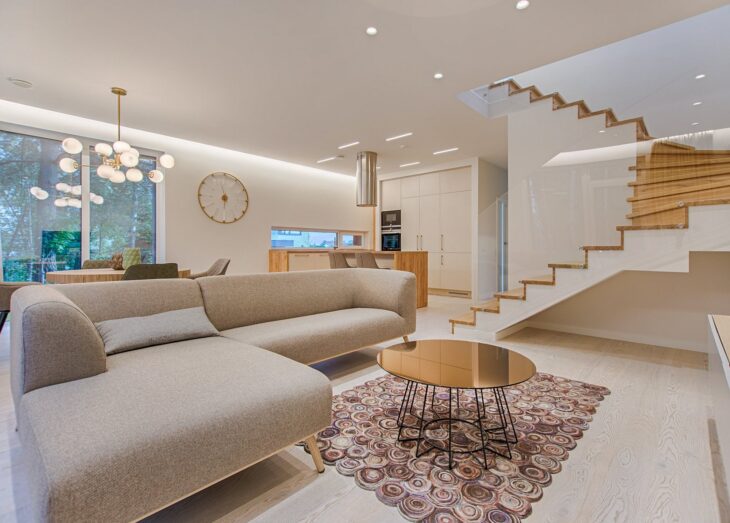
Source: pexels.com
After getting all the essential information, you’ll want to:
- Compile your data
- Review it for further suggestion
- Analyze it into viable data
- Present it to your designer
While all of this might sound a bit fancy, it’s as simple as getting all the feedback and turning it into viable information. That is done by removing situational, opinionated, or redundant feedback – and giving the final info some more thought.
After you’ve done this, you’ll have a general idea of what can be better with the design. Present it to your artist to polish up the project before the work commences.
6. Your Designer Doesn’t Need to Come by Your Place
You don’t need to have a sit down with your designer to discuss your project anymore. The internet has revolutionized the way that design works. Today, most communication is done through platforms such as Skype, Discord, or traditional emails.
Communicating critical ideas over the internet is much simpler than it used to be, allowing you to convey key points quickly and even provide existing examples from different sources. The additional access to information also allows clients to get a better perspective on their projects from their peers, which is integral to the design process.
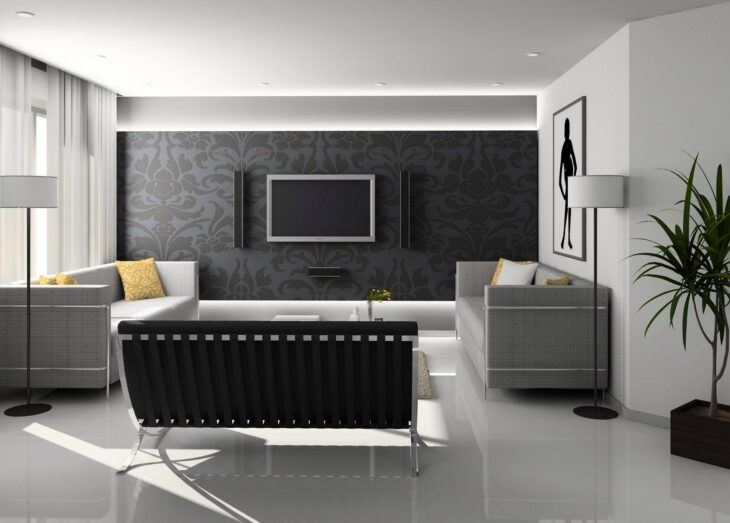
Source: pexels.com
7. It’s Okay to Say No
Saying “No” is one of the things clients find extremely hard to do and for no good reason. As stated above, artists will give insight into the project continually, and sometimes that insight isn’t right for you.
Perhaps their approach is a bit over the top, or their ideas simply don’t fit into your project. Artists have to work within a specific time frame, but they might ask for more time if things start getting more complicated.
Another thing that an artist might request is additional payment. If you have any problem with your artist, it’s always okay to say no.
The artist is working for you, not the other way around. You need to ensure that the project is as streamlined, affordable, and accurate as possible – and sometimes, that includes saying no to your artist.
Define all the essential rules and be clear about what you want. If you think there’s room for improvement, ask your artist about it. Don’t take everything they say as fact, as you likely know your project better than anyone else.
If you ever face a significant problem with your artist, one of the best things you can do is find a compromise. If you can’t find an understanding that works both ways, your best bet is to find another artist. While switching an artist might wind up stunting your project’s progress, you’ll need to have someone you can communicate with properly.
8. Rely on Your Expertise When You Need To
Some clients have been dealing with this matter for a long time and have a vast amount of expertise. If you’re such a client or are close to someone who has that kind of knowledge – you’ll need to rely on them as much as possible.
Doing this will ensure that all your comments are backed by facts and practical experience. Sometimes, the designer may be working from an artistic perspective rather than an architectural one – so making sure that the final design fits all the requirements is essential.
Setting these requirements is not an easy task, so make sure you have all your information sorted before you set the final criteria.
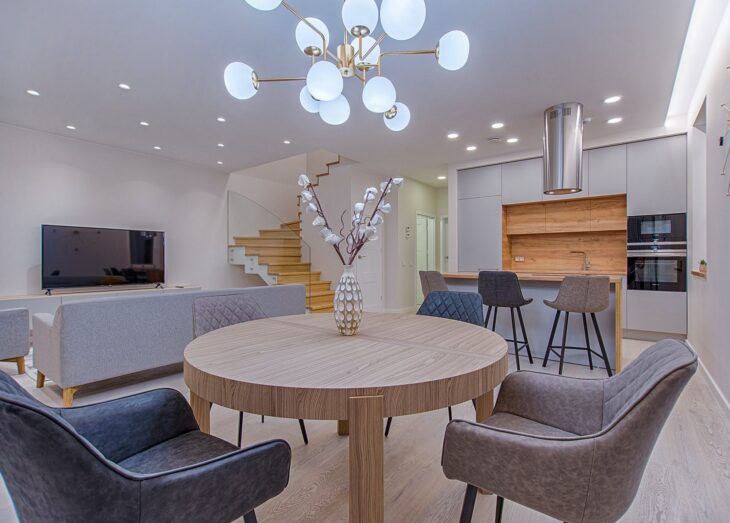
Source: pexels.com
9. A Redesign Doesn’t Mean Change Everything
We have to highlight the fact that a redesign doesn’t mean changing everything. If you’re unhappy with your artist’s work, you’ll want to ask him for a redesign. That’s usually left for the polishing stage.
No professional artist will set your brief aside and work as they see fit. If you’ve made a fundamental mistake within your summary or presentation, it’s not the artists’ duty to correct your errors.
If you require a minor redesign in the final draft of the project, inform your artist about it. If you’ve made your brief correctly, the chances are that the final draft will require minimal or no changes.
10. You Can Adjust the Costs
One thing about designers is that pricing is very fluid. When you’re working with a professional artist, you’ll want to stay within your budget and possibly try to go under it.
The problem with this is that, for most things in 3D interior design, there’s an incredibly wide price range. If you leave your artist with too much artistic freedom, the overall price could easily skyrocket.
That’s why you need to talk to your artist about budgetary restrictions. Adjust the budget if necessary, and don’t be afraid to negotiate about their pricing. If your project is large, or if you’re planning on doing more than just one project, you’ll need to negotiate the price carefully.
Again, like in most of the tips in this article, communication is vital. Convey your point as precisely as possible, and make sure that both of you are satisfied.
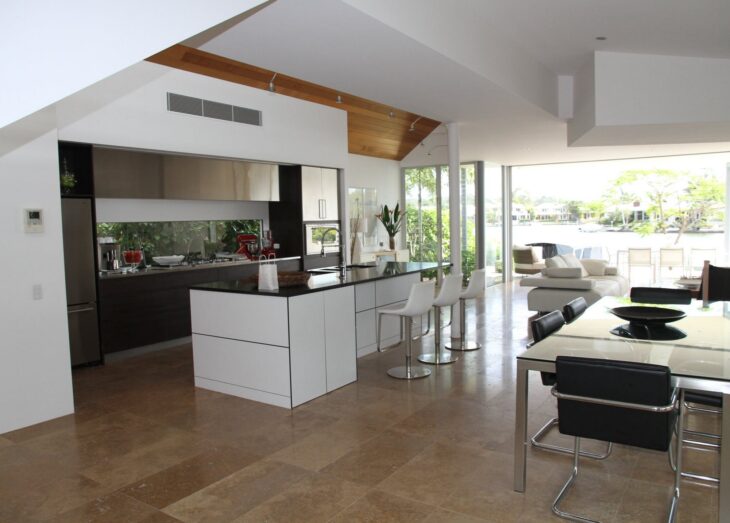
Source: pexels.com
Working with a 3D interior designer takes a bit of work, as you have to pay attention to more things than you might think.
